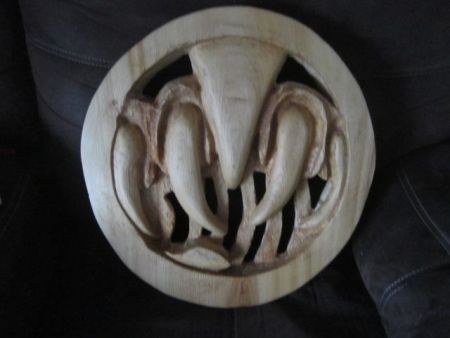People tell powerful and horrifying stories of being snatched from their homes during the government’s attempts to extinguish their legal, social, and religious values through assimilation.
These are the stories from people forced to live with the consequences of Canada’s Residential Schools. Many have been shared with The Truth and Reconciliation Commission of Canada (TRC) over the last 6 years. The TRC was officially established in 2008 and was completed in June 2015.
Started in the mid-19th century, Residential Schools were billed as a government-mandated “integration program” with a mind that Aboriginal people were inferior, uncivilized, and sub-human. The Catholic Church took the lead in implementing schools designed to assimilate terrorized native kids into assuming a character more befitting that of settlers. This meant the deliberate eradication of Indigenous language, culture, history, government, land, rights, religion, and identity. The last school closed in 1996.
This wasn’t an education. The schools were one part forced labour camp and one-part slaughterhouse. Underfunded by the Federal government, the cruel hands of poorly trained staff enforced the rules while students themselves were expected to maintain the operation and the infrastructure of their enslavement.
Failure to cooperate with the church resulted in physical, emotional, and/or sexual abuse by priests and officials.
Speaking one’s own language would result in unfathomable beatings. Children were starved. Students would be forced to eat their own vomit as punishment. Frightened, abused children were forced to wear clothes they had urinated in to cause shame and humiliation as a consequence for deviance.
One out of every twenty-five students died in the schools. By comparison, the odds of a soldier dying in World War II was one in twenty-six.
The schools were poorly built, badly maintained, and at a constant risk of fire and disease. Tuberculosis was a prevailing cause of death, with no adequate facilities for the treatment of starving, sick, and dying children. Children were buried in mass graves and unmarked plots, as this was cheaper than returning the bodies home. Once the young were stolen, many families would never see them again, alive or dead.
It’s understood that for the survivors and their families, the impact of this legacy has been profound and carries significant consequences for generations: higher risks of addiction, higher prevalence of mental health problems, and food security issues.
My mother in-law was one of the thousands of students in the Residential School System. Mary Kakewash was born September 15, 1940 and attended the Pine Creek Residential School.
Ida, the name she preferred because so many girls of her generation were named Mary, was a curious sort of lady. I never fully understood her, for reasons that will defy me for the rest of my life. It’s hard for people in her family to reconcile the trauma she experienced. Like in so many other families, the legacy of residential schools include dysfunction, poor health outcomes, social disparity, and limited educational outlooks. I never had a chance to get anywhere near Ida on a topic that in the end caused her a lifetime of pain. Her story was shared confidentially with the Commissioners, her lawyer, and her daughter who currently holds the sadness her mom knew close to her heart.
While I welcome with great enthusiasm the release of the TRC's 94 Calls to Action, a list of recommendations to "redress the legacy of residential schools and advance the process of Canadian reconciliation," I hold my tongue rather than join in with the myriad of voices championing the work of the Commissioners who assembled this Report.
We’ve been here before: the Aboriginal Justice Inquiry, the Phoenix Sinclair Inquiry, and the Royal Commission on Aboriginal People, to name just a few. The truth has been out there for a long time. Indians have been beating our heads against the wall trying to explain it to settler-Canadians. The message is not getting through.
Credit to 6,750 courageous voices who shared their tragic stories with the Commissioners and outlined a host of ongoing injustices: disproportionate representation in the justice and health care system, economic disparity, poor education, and an underfunded child welfare system.
With the release of the final report, along come the parade of TRC recommendations. None of them are legally binding and while the Prime Minister wept on camera, no one can be indicted, subpoenaed, or compelled to testify in court for their role in what amounts to biological and cultural genocide that killed thousands of children.
My fear: a $68 million dollar report and its recommendations ends up in the dumpster. The people who committed these atrocities are not held to account for their crimes. The TRC was a self-managed inquiry into the guilty party by the guilty party. Where are the accused – the government, church and administrators -- who stand to be tried for genocide? They were at the TRC podium instead of being led away in shackles.
My truth is different. It can be found in the life that Ida lived.



